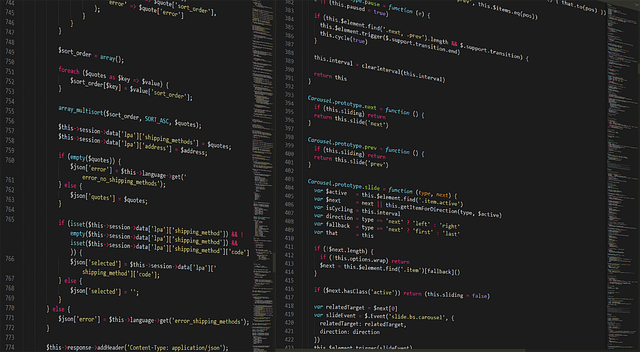
Securing IT Infrastructure: The Importance of Code Verification in Information Technology
In today’s fast-paced digital landscape, securing IT infrastructure has never been more crucial. With an ever-increasing number of cyber threats, organizations must prioritize their security protocols to protect sensitive data and maintain customer trust. One essential aspect of this security paradigm is code verification. This process ensures the integrity and safety of software applications, making it a foundational element in the realm of information technology.
The reality is that every piece of code developed has the potential to be a vulnerability waiting to be exploited. Whether it’s through software bugs, unprotected APIs, or even intentional malevolent acts, the risks posed by faulty or unverified code are significant. When we think about IT security, it’s easy to focus solely on firewalls and intrusion detection systems; however, without rigorous code verification, these defenses might be rendered ineffective.
Code verification plays a pivotal role in ensuring that software behaves as intended. It involves methodologies such as static analysis, dynamic testing, and formal verification, each aiming to identify anomalies that could lead to security breaches. By validating code before it is deployed, organizations can significantly reduce the chances of introducing vulnerabilities into their systems. This preemptive measure not only protects the infrastructure but also fosters a culture of accountability and reliability within software development teams.
Moreover, as we dive deeper into the era of cloud computing and distributed systems, the complexities of maintaining security elevate. Each additional layer of technology offers potential entry points for cyber threats. This necessity heightens the importance of practicing comprehensive code verification. Enterprises must adopt automated tools that continuously assess code quality in real time, catching potential flaws before they escalate into costly breaches.
In the fast-evolving IT environment, the implications of not implementing effective code verification can be disastrous. Companies can incur financial losses, face regulatory penalties, and suffer reputational damage that can take years to recover from. A notorious example is the Equifax data breach, which stemmed from a vulnerability in their web application code, impacting millions of consumers. This incident exemplifies how a seemingly small oversight in code integrity can lead to devastating consequences.
Emphasizing code verification as a priority in your security strategy can sharply enhance your organization’s resilience to cyber threats. It’s not merely a technical requirement but a pivotal aspect of building trust with your customers and stakeholders. In an age where data is considered one of the most valuable assets, ensuring its protection through validated, reliable software is indispensable.
As we forge ahead into the future of information technology, let us not forget the importance of foundational practices like code verification. By fostering the habit of thorough code checking, we can not only protect our infrastructures but also pave the path for innovative, safe, and customer-focused solutions that are essential for sustainable business growth. After all, an organization’s reputation is sculpted by the robustness and security of its digital foundation.



